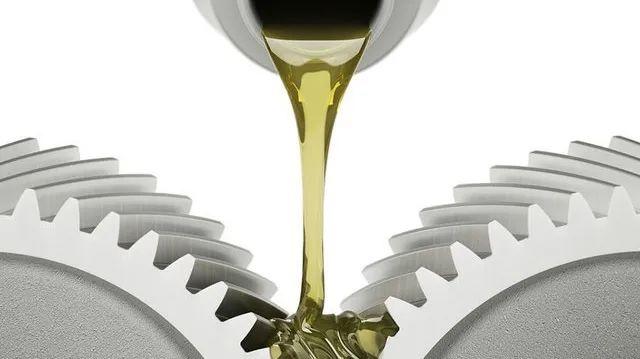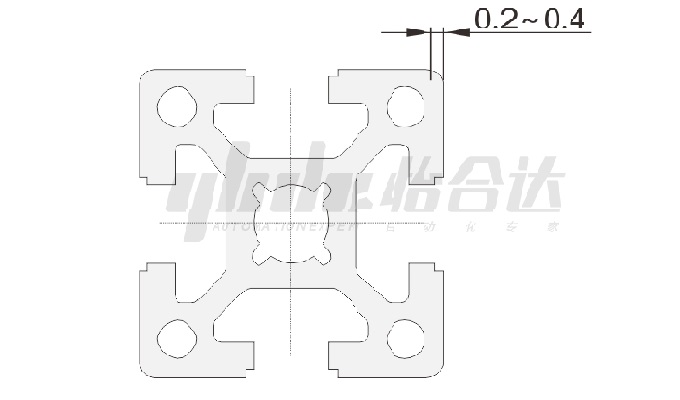Newly purchased bearings are typically coated with grease to prevent rust rather than provide lubrication. However, bearings can accumulate dirt and contaminants, making thorough cleaning challenging. Even if the bearings come without lubricating oil, they may attract dust over time due to magnetism and airflow. This, combined with sweat, moisture, and other elements, can create 'contaminant clusters' within the bearing, which can be 'fatal' for bearing rotation.
As bearings age, they come into contact with airborne dust, oil residues, or water, resulting in stiffness, corrosion, and impaired operation. This is where bearing cleaning becomes crucial.
I. How to Properly Clean Bearings
Start by removing the old oil from the bearing and then use a brush or cloth dipped in gasoline or kerosene to clean the bearing thoroughly, repeating the process at least twice. Additionally, clean the bearing housing and wipe it dry.
Do not rotate the bearing during cleaning to prevent debris entering the bearing raceways.
Bearings with kerosene should be cleaned with gasoline, as kerosene contains more moisture. This step helps remove any remaining water residue to prevent rust.
Use a clean wiping cloth to dry the cleaned bearings, avoiding cotton to prevent lint from entering the bearing. Also, avoid touching the bearings with your hands to prevent sweat-induced corrosion. Place the cleaned bearings on a clean wooden board or paper to allow any remaining gasoline or kerosene to evaporate.
Once cleaned and dried, bearings with no noticeable play and no peeling on the ball surfaces can be lubricated as per specifications and put back into service. Self-lubricating bearings can typically be reinstalled after cleaning, while non-self-lubricating bearings require re-lubrication.

II. How to Confirm Bearings Are Clean
After cleaning, carefully inspect the bearing. There may still be some residual oil in the inner and outer raceways, rolling elements, and cage gaps. To check, scrape any remaining oil with a clean feeler gauge and apply it to your thumb. Rub it between your thumb and index finger; if you hear a gritty sound, it indicates incomplete cleaning, and the bearing should be cleaned again.
Finally, hold the bearing in your hand, grasp the inner race, and rotate the outer race horizontally (for large bearings, place them on an assembly stand with support under the inner race and let the outer race hang freely while pressing the inner race). A qualified bearing should rotate smoothly without any obstruction or jumping.
Cleaned and lubricated bearings should be placed on an assembly stand with a clean cloth or paper pad beneath and covered with plastic sheeting before installation. Avoid placing them directly on the floor or in a box. Use fabric gloves or wrap them in a clean cloth to prevent fingerprint rust when handling bearings. Bearings with dust covers or seals on both sides and bearings with rust-preventive, dual-purpose grease should not be cleaned before installation.
III. Bearing Lubrication Methods
Lubrication ensures proper bearing operation, prevents direct contact between raceways and rolling elements, reduces internal friction and wear, prolongs bearing life, enhances performance, and prevents rust and corrosion from foreign particles entering the bearing. Currently, there are several lubrication methods for bearings:
Manual Oil Lubrication:
When bearing lubrication oil is insufficient, timely oil supply using an oiler is the most primitive method. This method makes it difficult to maintain a consistent oil level. It risks neglecting oil, typically used in light-load, low-speed, or intermittent motion applications. It is advisable to install dust covers or ball valves on oiling holes and use felt, cotton, or wool as filtration devices.

Drip Lubrication:
Deliver lubricating oil of approximately fixed quantity from a container through holes, needles, valves, etc. The classic example is the oil drop oil cup. The amount of oil drops varies significantly depending on the lubricating oil viscosity, bearing clearance, and oil supply hole position. This method suits light and medium-load bearings with circumferential speeds less than 4-5 m/s.
Oil Ring Lubrication:
This lubrication method can only be used for horizontal shafts. An oil ring that rotates with the shaft carries lubricating oil from an oil reservoir into the bearing. It is suitable for medium and high-speed bearings with a shaft diameter greater than 50 mm. The oil ring should be seamless. When the width-to-diameter ratio of the bearing is less than 2, a single oil ring may be used; otherwise, two oil rings are needed.

Wick Lubrication:
Lubricating oil from a container is drawn into the bearing via a wick's capillary action and siphoning effect. This method suits light and medium-load bearings with circumferential speeds less than 4-5 m/s. The wick also acts as a filter.
Oil Pad Lubrication:
This method utilizes the capillary action of an oil pad to apply lubricating oil from a reservoir to the bearing's shaft surface. While this approach keeps the friction surfaces clean, dust can clog the capillaries, leading to insufficient oil supply. The oil supply rate in oil pad lubrication is typically only 1/20 of oil bath lubrication.
Oil Bath Lubrication:
A portion of the bearing is immersed in lubricating oil, suitable for low to medium-speed bearings. The bearing part should be submerged in the trough, and the oil level should be slightly lower than the center of the lowest rolling element.

Splash Lubrication:
Lubricating oil is supplied to the bearing by the splashing action of a rotating component in the oil reservoir. This method is suitable for higher-speed bearings.
Spray Lubrication:
Lubricating oil is atomized and sprayed onto the friction surfaces. This method is suitable for high-speed bearings.
Pressure Lubrication:
Lubricating oil is supplied to the bearing under pressure by a lubrication pump, and the oil flowing out of the bearing is collected and recirculated in the oil reservoir. It is the method with the highest and most stable oil supply and is suitable for high-speed, heavy-load, and critical sliding bearings.
IV. Bearing Usage Precautions
Bearings are precision components, and their use should be handled with care. Despite the bearing's high performance, improper use can lead to suboptimal performance. Here are some usage precautions for bearings:
Maintain cleanliness around bearings and their surroundings.
Even tiny dust particles that cannot be seen with the naked eye can increase bearing wear, vibration, and noise. Keep bearings and their surrounding accessories clean, especially from dust and debris. Tools and the environment should also be kept clean.
Follow installation precautions.
Avoid forceful pressing, hammering directly on the bearing, or transferring pressure through rolling elements.
Use suitable and precise installation tools.
Use specialized tools and avoid using materials like fabric and short fibers whenever possible.
Prevent bearing corrosion.
When handling bearings directly with your hands, ensure your hands are free from sweat and apply high-quality mineral oil before any operation. Pay extra attention to corrosion prevention during rainy seasons and in the summer. However, bearings can achieve a longer lifespan under specific operating conditions than traditionally calculated, especially under light-load conditions.





